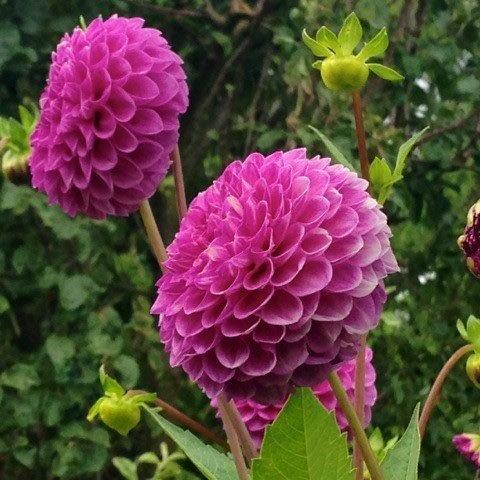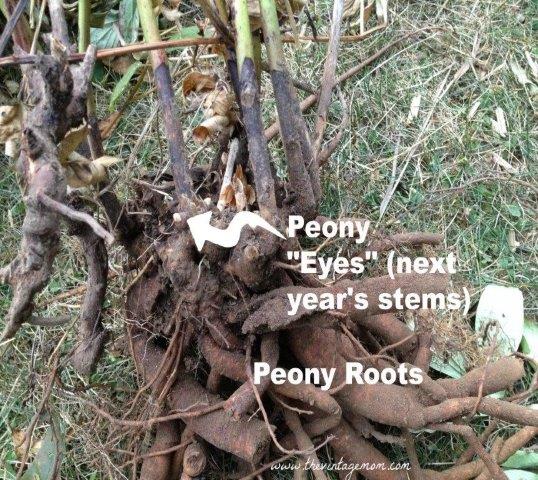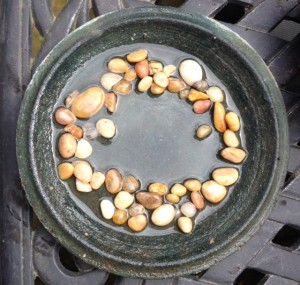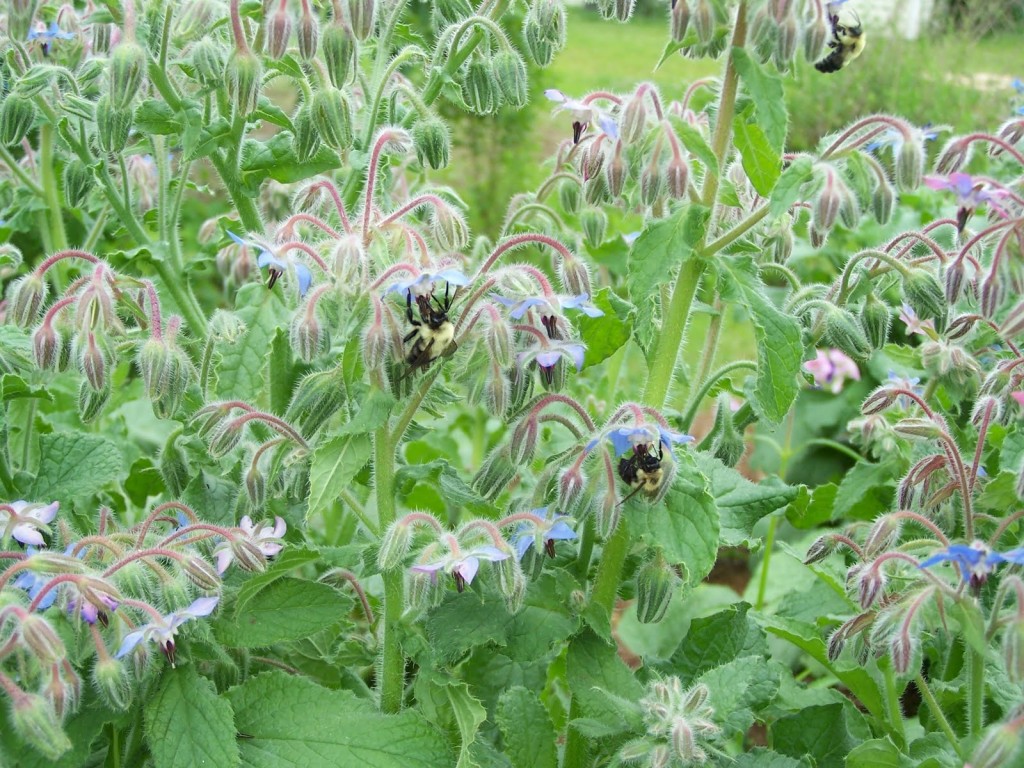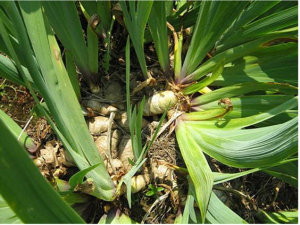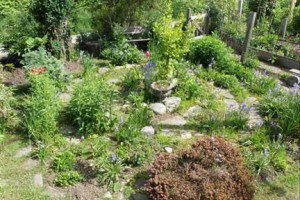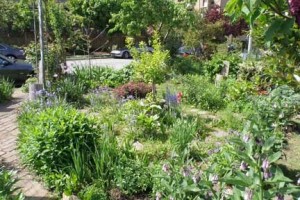September/October Gardening Hints {courtesy of Rosemary}
1) A quick reminder that we still need to conserve water even if it rains. Please be sure to water by hand, using either a bucket or a hose with nozzle to control the amount of water you are using. There has not been enough moisture to get us back to a normal water level after the extremely hot and dry summer that we’ve had.
2) This is the time of year to start thinking about bulbs for spring if you wish. Choose healthy, firm bulbs and store them in a cool, dry place until each type of bulb is ready to plant over the next couple months. Adding a small amount of bone meal in each hole when planting will help establish the root system and promote flowering.
3) It’s also a good time to harvest seeds from flowers in your gardens to save for next year. If you’re inspired, throw some over the North fence to help create a bit of a wildflower garden out there to improve the look of that side and provide more food for the bees too 🙂
4) Keep weeding and deadheading, and keep grass trimmed in and around your plot as usual.
5) Keep picking produce regularly, and also herbs for drying so you can have a little taste of summer later in the year!
6) When summer veggies and flowers are finished, remove the spent plants and compost healthy parts of the plants.
7) Please do not compost diseased leaves, shoots and plants. If disease-causing spores, fungus or viruses are present, they will survive in compost. Please take a moment to review the information and photos about disease management to help keep all Maple Community Garden plots healthy http://maplecommunitygarden.ca/gardening-resources/disease-management/
8) Divide perennials like peonies, asters, Goldsturm daisies and Autumn Joy sedums. Make sure you have 3-5 “eyes” on each division of the peony for a solid new plant.
9) Begin fall garden cleanup of your plot, and prepare the soil if you plan to grow fall and/or winter vegetables.
10) Set out transplants, seedlings of fall/winter vegetables like Spinach, Lettuce, Purple flowering Broccoli, Chard and Kale. Plant Garlic later in October. West Coast Seeds has a brochure that provides lots of good information on their website called Planting Guide for Fall & Winter Harvests
11) Amend your soil with Dolomite lime (1 cup for each of our small beds should do) and then one week later add mushroom manure or compost. Dig in some organic fertilizer as well (see recipe below) and you are ready to plant fall veggies. Most veggies will grow well with this addition of nutrients, other veggies like potatoes prefer acidic soil (more on this in the spring).
12) Maple Community Garden is an organic gardening area, and organic fertilizer contains many micronutrients of value for plants which release slowly without washing away as fast as chemical fertilizers.
Recipe for Homemade Organic Fertilizer
1 part Blood meal Nitrogen (N)
2 parts Bone meal Phosphorus (P)
1 part Kelp meal Potassium (K)
The above ingredients can be found at most garden centres and feed stores, and this recipe provides an N-P-K ratio of approximately 4-5-4 to 5-8-5. Nitrogen promotes vigorous growth, phosphorus improves flowering and root system growth, and potassium assists with fruit quality, root growth and reduction of disease.

